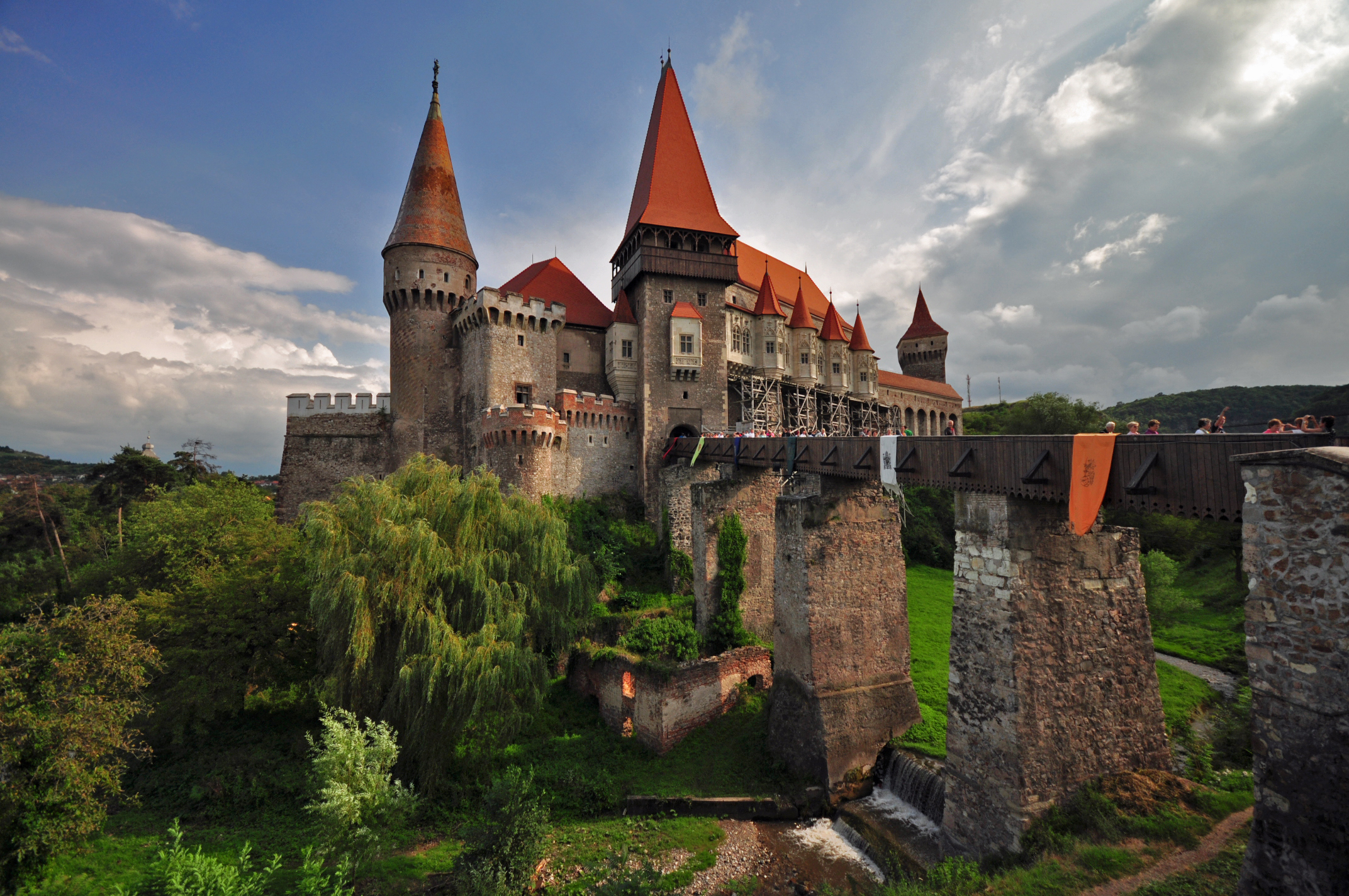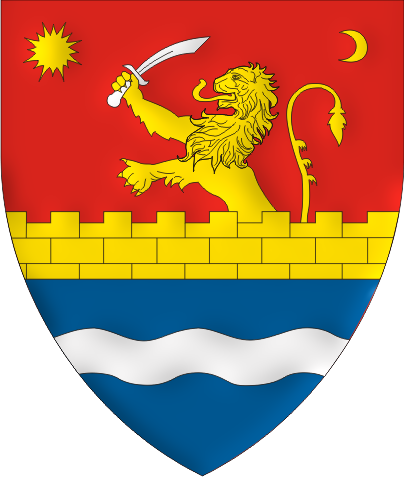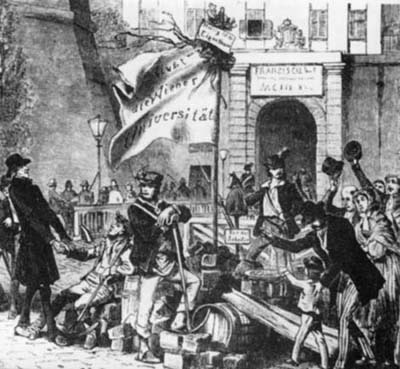|
Mikó Castle
The Mikó Castle (; ) is a fortified castle in Miercurea Ciuc (''Csíkszereda''), Romania. It is among the city's most important monuments, and today houses an ethnographic museum devoted to Székelys, Székely heritage. Work on the castle, which is 75 m long and 70 m wide, began on 26 April 1623 and probably was completed in the 1630s. In style, it resembles the castles at Iernut, Vințu de Jos and Lázár Castle, Lăzarea. It is named after Ferenc Mikó (1585–1635), who began building it a decade after becoming supreme captain of the Csíkszék (''Ciuc''), Gyergyószék (''Gheorgheni'') and Kászonszék (''Caşin'') Székely Seat (territorial-administrative unit), seats, later merged into Csík County. Documents of the time also refer to it as "Mikó's new citadel". at the Ciuc Szekler Museum site; accessed July 20, 2010 The first written document to mention the citadel dates to 1631. After Ferenc Mikó's heirs died prematurely, the citadel came into the possession of Tamás D ... [...More Info...] [...Related Items...] OR: [Wikipedia] [Google] [Baidu] |
Groin Vault
A groin vault or groined vault (also sometimes known as a double barrel vault or cross vault) is produced by the intersection at right angles of two barrel vaults. Honour, H. and J. Fleming, (2009) ''A World History of Art''. 7th edn. London: Laurence King Publishing, p. 949. The word "groin" refers to the edge between the intersecting vaults. Sometimes the arches of groin vaults are pointed instead of round. In comparison with a barrel vault, a groin vault provides good economies of material and labor. The thrust is concentrated along the groins or arrises (the four diagonal edges formed along the points where the barrel vaults intersect), so the vault need only be abutted at its four corners. Groin vault construction was first employed by the Romans, but then fell into relative obscurity in Europe until the resurgence of quality stone building brought about by Carolingian and Romanesque architecture. It was superseded by the more flexible rib vaults of Gothic architecture ... [...More Info...] [...Related Items...] OR: [Wikipedia] [Google] [Baidu] |
Villages With Fortified Churches In Transylvania
The Transylvania region of Romania has one of the highest concentrations of existing fortified churches from the 13th to 16th centuries. It has more than 150 well preserved fortified churches of a great variety of architectural styles (out of an original 300 fortified churches). Listed as a UNESCO World Heritage Site, Villages with Fortified Churches in Transylvania are seven villages (six Transylvanian Saxons, Saxon and one Székelys, Székely) founded by the Transylvanian Saxons. They are dominated by fortified churches and characterized by a specific settlement pattern that has been preserved since the Late Middle Ages.Villages with Fortified Churches in Transylvania. UNESCO World Heritage Centre 1992-2010 The list The seven villages listed as a UNESCO World Heritage Site: ...
|
Tourism In Romania
In December 2024, Romania's tourism sector had a 6.8% increase in arrivals at accommodation facilities, including hotels, apartments, and renting, rental rooms, compared to December 2023. in authorized lodging facilities, marking increases of 4.5% over 2023 Overnight stays also rose by 4.9% during the same period. At border crossing points, Romania recorded 916,100 foreign visitor arrivals, while the number of Romanian residents traveling abroad reached 1,007,600. In 2024, the National Institute of Statistics (Romania), National Institute of Statistics reported that Romania recorded over 14 million arrivals in authorized lodging facilities, marking increases of 4.5% over 2023 and 7.7% compared to 2019, with overnight stays reaching 30.2 million. Early trends for 2025 continue to reflect strong domestic interest, particularly along the Romanian Black Sea resorts and in emerging sectors such as Ecotourism. The most visited cities are Bucharest, Constanța, Brașov, Timișoara, ... [...More Info...] [...Related Items...] OR: [Wikipedia] [Google] [Baidu] |
List Of Castles In Romania
This is a list of castles and fortresses declared monument istoric, historic monuments by Romania's Ministry of Culture (Romania), Ministry of Culture. Banat ; Caraș-Severin County, Caraș-Severin (6) * Bey's Fortress, Socolari * Caransebeș Fortress, Caransebeș * Cuiești Fortress, Bocșa * Ladislau Fortress, Coronini * Mehadia Fortress, Mehadia * Turk's Fortress (''Turski Grad''), Carașova ; Timiș County, Timiș (10) * Ciacova Fortress, Ciacova * Făget Fortress, Făget * Huniade Castle, Timișoara * Jdioara Fortress, Criciova, Jdioara * Karátsonyi Castle, Banloc * Margina Fortress, Margina * Castle of Count de Mercy, Sânandrei, Carani * Morisena Fortress, Cenad * Nákó Castle, Sânnicolau Mare * Timișoara Fortress, Timișoara Bukovina ; Suceava County, Suceava (3) * Șcheia Fortress, Suceava * Princely Fortress, Suceava * Seat Fortress of Suceava, Suceava Crișana ; Arad County, Arad (22) * Agrișu Mare Fortress, Târnova, Arad, Agrișu Mare * Fortress ... [...More Info...] [...Related Items...] OR: [Wikipedia] [Google] [Baidu] |
Ministry Of Culture And Religious Affairs (Romania)
The Ministry of Culture of Romania () is one of the ministries of the Government of Romania. The current position holder is Natalia-Elena Intotero from the Social Democratic Party (Romania), Social Democratic Party (PSD). The Romanian National Institute of Historical Monuments, part of this ministry, maintains the List of monumente istorice in Romania, list of historical monuments in Romania. The list, created in 2004–2005, contains Monument istoric, historical monuments entered in the National Cultural Heritage of Romania. List of Culture Ministers See also * Culture of Romania * List of monumente istorice in Romania, List of historical monuments in Romania References External links MCC.ro* GUV.roRomanian National Institute of Historical MonumentsList of Historical Monumentsat Romanian Ministry of Culture and National Patrimony (in Romanian) at Romanian National Institute of Historical Monuments (in Romanian) Government ministries of Romania, Culture Cult ... [...More Info...] [...Related Items...] OR: [Wikipedia] [Google] [Baidu] |
Ciuc Szekler Museum
{{disamb ...
Ciuc may refer to: * Ciuc Mountains, a mid-high range of mountains of Harghita County in Transylvania * Ciuc County, a former county in the Kingdom of Romania * Miercurea Ciuc, county seat of Harghita County, Romania See also * Ciucaș (other) Ciucaș may refer to: * Ciucaș Mountains, a mountain range in Southern Carpathians, Romania * Ciucaș Peak Ciucaș Peak (, , ) is the highest peak of Ciucaș Mountains, Southern Carpathians The Southern Carpathians (also known as the Transy ... [...More Info...] [...Related Items...] OR: [Wikipedia] [Google] [Baidu] |
Sándor Gál
Sándor Gál (13 December 1855 – 4 September 1937)"Nekrológ", ''Keleti Újság'', 8 September 1937. was a Hungarian lawyer and politician, who served as Speaker of the House of Representatives between 1909 and 1910. References External links * Jónás, Károly - Villám, Judit: ''A Magyar Országgyűlés elnökei 1848-2002''. Argumentum, Budapest, 2002. pp. 153–154 {{DEFAULTSORT:Gal, Sandor 1855 births 1937 deaths People from Harghita County 19th-century Hungarian lawyers Speakers of the House of Representatives of Hungary Lawyers from Austria-Hungary ... [...More Info...] [...Related Items...] OR: [Wikipedia] [Google] [Baidu] |
Revolutions Of 1848 In The Habsburg Areas
The revolutions of 1848 in the Austrian Empire took place from March 1848 to November 1849. Much of the revolutionary activity had a nationalist character: the Austrian Empire, ruled from Vienna, included ethnic Germans, Hungarians, Poles, Bohemians (Czechs), Ruthenians (Ukrainians), Slovenes, Slovaks, Romanians, Croats, Italians, and Serbs; all of whom attempted in the course of the revolution to either achieve autonomy, independence, or even hegemony over other nationalities. The nationalist picture was further complicated by the simultaneous events in the German states, which moved toward greater German national unity. Besides these nationalists, liberal and socialist currents resisted the Empire's longstanding conservatism. Background The events of 1848 were the product of mounting social and political tensions after the Congress of Vienna of 1815. During the "pre-March" period, the already conservative Austrian Empire moved further away from ideas of the Age of Enlight ... [...More Info...] [...Related Items...] OR: [Wikipedia] [Google] [Baidu] |
Transylvanian Revolution Of 1848
Transylvania ( or ; ; or ; Transylvanian Saxon dialect, Transylvanian Saxon: ''Siweberjen'') is a List of historical regions of Central Europe, historical and cultural region in Central Europe, encompassing central Romania. To the east and south its natural border are the Carpathian Mountains and to the west the Apuseni Mountains. Broader definitions of Transylvania also include the western and northwestern Romanian regions of Crișana and Maramureș, and occasionally Banat. Historical Transylvania also includes small parts of neighbouring Western Moldavia and even a small part of south-western neighbouring Bukovina to its north east (represented by Suceava County). Transylvania is known for the scenery of its Carpathian landscape and its rich history, coupled with its multi-cultural character. It also contains Romania's second-largest city, Cluj-Napoca, and other very well preserved medieval iconic cities and towns such as Brașov, Sibiu, Târgu Mureș, Bistrița, Alba Iuli ... [...More Info...] [...Related Items...] OR: [Wikipedia] [Google] [Baidu] |
Military Frontier
The Military Frontier (; sh-Cyrl-Latn, Војна крајина, Vojna krajina, sh-Cyrl-Latn, Војна граница, Vojna granica, label=none; ; ) was a borderland of the Habsburg monarchy and later the Austrian and Austro-Hungarian Empire. It acted as the '' cordon sanitaire'' against incursions from the Ottoman Empire. The establishment of the new defense system in Hungary and Croatia took place in the 16th century, following the election of Ferdinand I as king. Six districts under special military administration were established in Hungary and Croatia. The Croatian Military Frontier and the Slavonian Military Frontier came under the jurisdiction of the Croatian Sabor and ban. In 1627, they were placed under the direct control of the Habsburg military. For more than two centuries, they would retain complete civilian and military authority over the area, up to the abolition of the Military Frontier in 1881. During the 17th century, the territory was expande ... [...More Info...] [...Related Items...] OR: [Wikipedia] [Google] [Baidu] |




